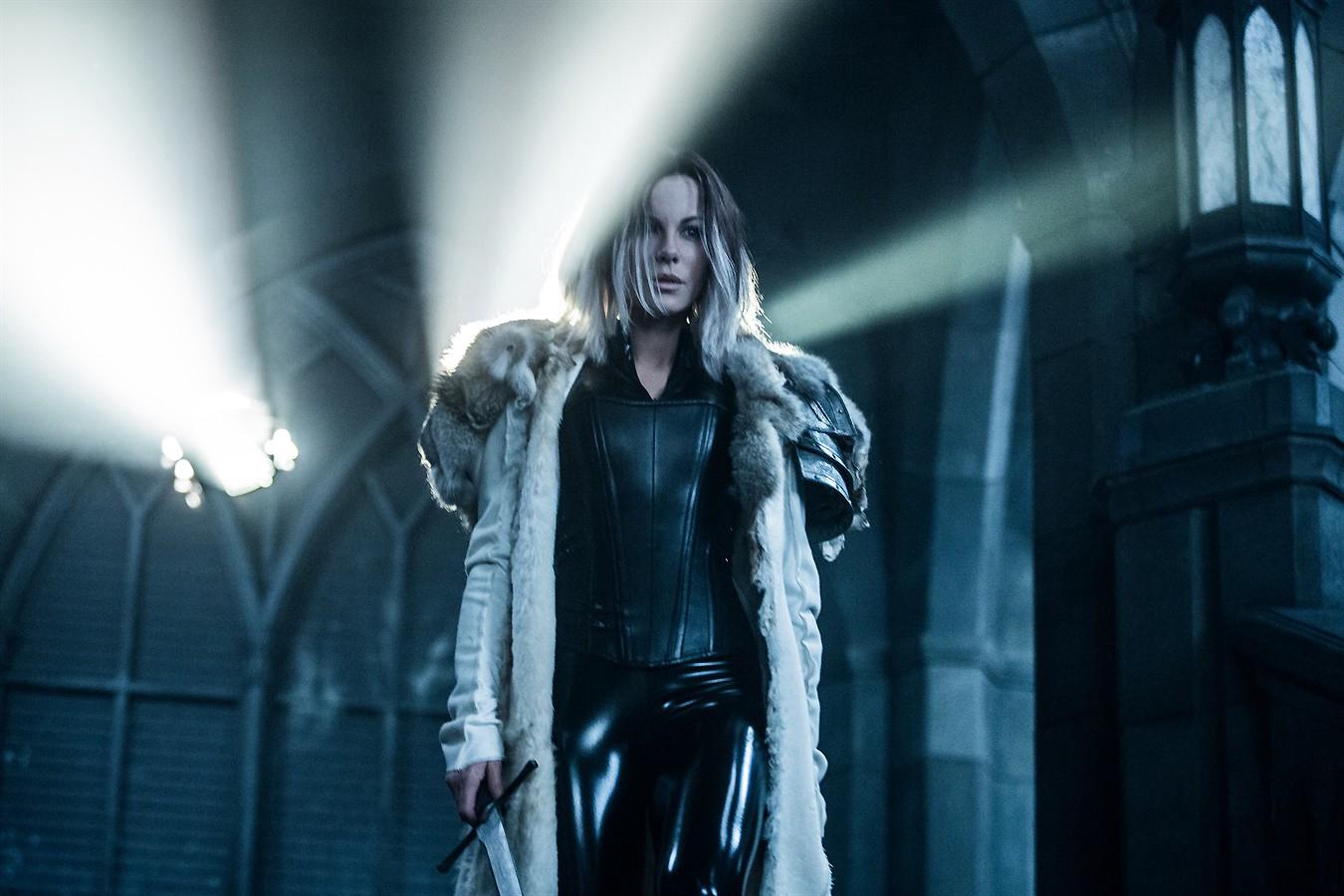
Underworld: Blood Wars, the fifth installment in the half-corny, half-badass Vampires vs. Werewolves action-horror franchise, opens today, the first Friday in January. Pure dead zone. Few if any screenings for American critics, though it’s been out internationally long enough to rack up a 10 percent Rotten Tomatoes score at press time, with many a righteous burn administered in Spanish (“… con historias rebuscadas, aburridas y sobre todo repetitivas”).
Does it mostly suck? Might the experience nonetheless be slightly more enjoyable than you imagine? Will it make enough money to justify a threatened sixth installment regardless? The answer to all three of those questions is “probably.” The reason is Kate Beckinsale.
We got a weird one here. Beckinsale is a splendid actress and Ringer favorite. Her highest-profile gig came in 2001, via Michael Bay’s very long and mostly butt Pearl Harbor, which wasn’t her fault. She garnered the most critical acclaim in two stylish, acerbic Whit Stillman jams: first 1998’s The Last Days of Disco, and then last year’s Love & Friendship, wherein she laid down rich amounts of that Jane Austen ether.
But the corny/badass Vampires vs. Werewolves movies are her North Star. Underworld kicked things off in September 2003, directed by Len Wiseman, who soon became, until their divorce last year, Beckinsale’s husband. It felt like an IP-raiding video game movie, but somehow was not; all four subsequent films have landed stateside in dead-zone January, all but Blood Wars exactly three years after the last. (This one took four.) Some doubling if not tripling their budgets, international-box-office-wise. Also notably, this is the rare long-term action-movie franchise anchored by a woman and, in the case of Blood Wars’s Anna Foerster, directed by one. A remarkable legacy and consistency for movies so discursive and bizarre.
Wiseman directed the first sequel, 2006’s Underworld: Evolution, and has stayed on as a writer-producer throughout. Beckinsale has starred in all of ’em save the third, 2009’s Underworld: Rise of the Lycans — a prequel that, if you’re feeling a little troll-y, you might seriously argue is the best movie in the series, just to louse things up. Still, 2012’s Underworld: Awakening, arguably the dumbest one, is inarguably the most financially successful, just to further louse things up. Don’t overthink it. Don’t overthink anything.
It’s not that we lack precedents here: The Resident Evil franchise, launched in 2002 and unveiling its sixth and last (??) installment later this month, is a logical parallel, and though the timelines don’t match up, “Twilight for steakhead weight lifters” is a fine way to summarize the Underworld appeal overall now. But these movies stand, or at least wobble, on their own, derivative in a strange and singular way, commanding little respect but asking for even less, better than you think but still usually worse than you deserve. How did we get here? is a good question, though Why did we bother going at all? might be a better one. But then, you already know the answer.

I saw Underworld in the theater in 2003 and retained nothing except that it was CRAZY LOUD. Like Wagner wrote an opera-length Pixies song; like four malfunctioning garbage trucks were sitting behind you at the premiere.
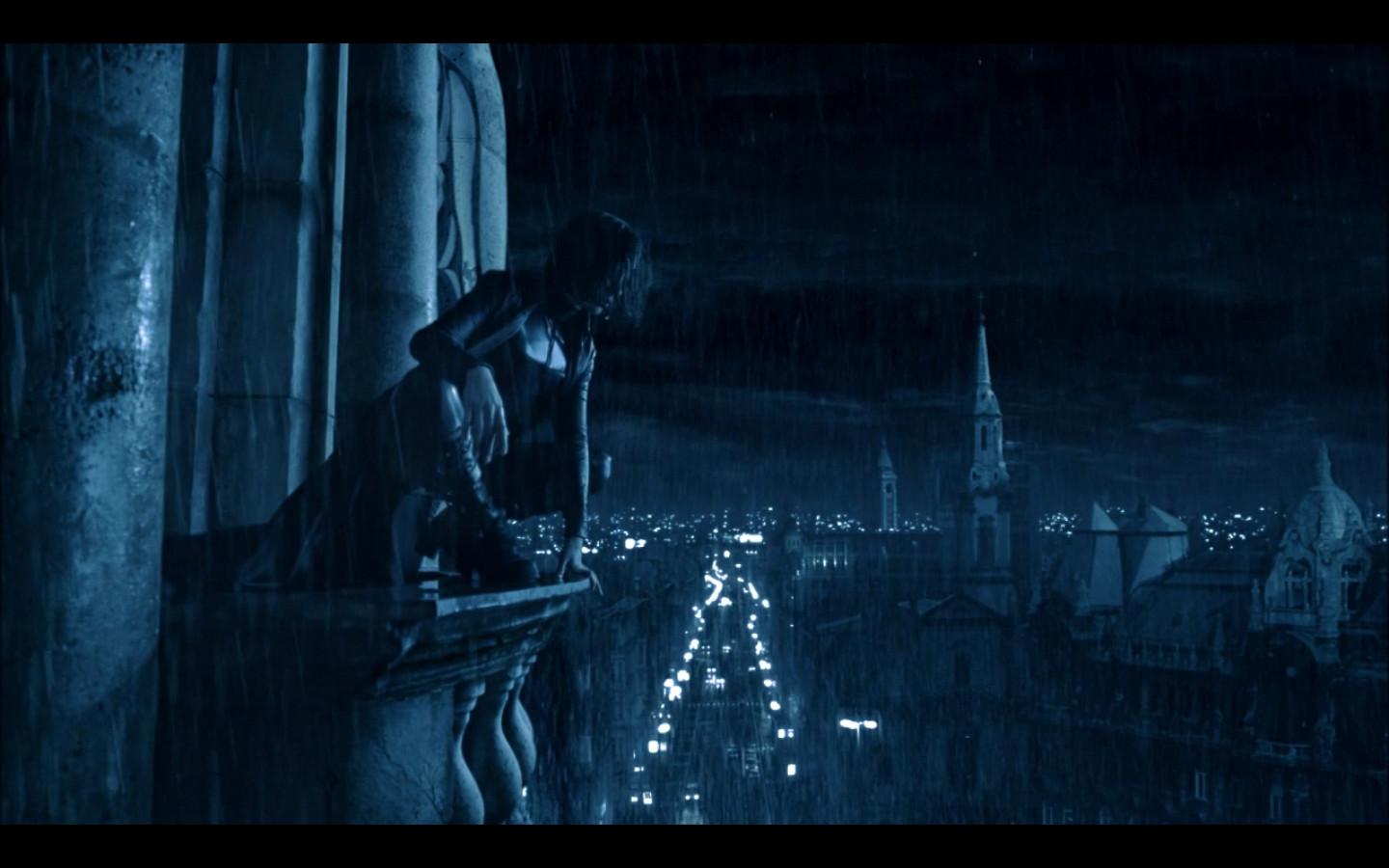
Beckinsale makes her entrance in black leather, rain pouring, cape billowing, perched on a gothic balcony, dishing out the story in somber, doing-the-best-I-can voice-over. Summary: She’s a centuries-old vampire “death dealer” named Selene tasked with exterminating the werewolves, who are known in the movies as lycans (a bit of world-building jargon that is never not annoying).
No points for guessing whose lunch we’re trying to eat here, stylistically: This is a Matrix rip-off through and through, what with the infinite-ammo gun fetishism, the BDSM wardrobe, the slo-mo, glorified ultraviolence. There are roughly 25 scenes of someone entering a room by angrily throwing open a set of giant double doors; when someone’s in a crowd and wishes to have a private one-on-one conversation, he just barks, “Leave us!” Nu metal is involved, but far less than feared. (Notable cultural events of 2003: The Matrix Reloaded and The Matrix Revolutions, Get Rich or Die Tryin’, the NCIS premiere, Jay Z’s The Black Album, Linkin Park’s Meteora, and the start of the Iraq War.)
Underworld’s plot was largely predicted by Dr. Octagon’s “Halfsharkalligatorhalfman” and is, in what would become a theme, dumb. (This movie spends 40 minutes being coy about the intentions of a character literally named Kraven.) Scott Speedman plays a mysterious, brooding hunk caught in the vampire-lycan cross fire; I mistook him for Creed frontman Scott Stapp every single time he appeared onscreen, then and now. Michael Sheen, a longtime Beckinsale paramour (they have a kid together and everything) until Wiseman came along, plays the pissy, high-foreheaded quasi-villain, biding his time.
It’s all not too gory or horror-ish, the all-blue-tint-everything aesthetic not unpretty, the fight scenes (which mostly involve pro-wrestling throws into dank pools) not unrousing. Beckinsale drags you through it all without laying a finger on you. If you clamped your hands over your ears and lived through it at the time, you likely didn’t take it for a bust, but you didn’t take it for a sequel-generating machine, neither.
And yet in 2006 came Underworld: Evolution (this series loves its colons), with twice the budget and a tenth as much forward momentum. There is a prologue set in 1202 A.D.; the new Big Bad, a giant-winged vampire named Marcus, spends the first 20 minutes watching surveillance-cam footage of the first movie.
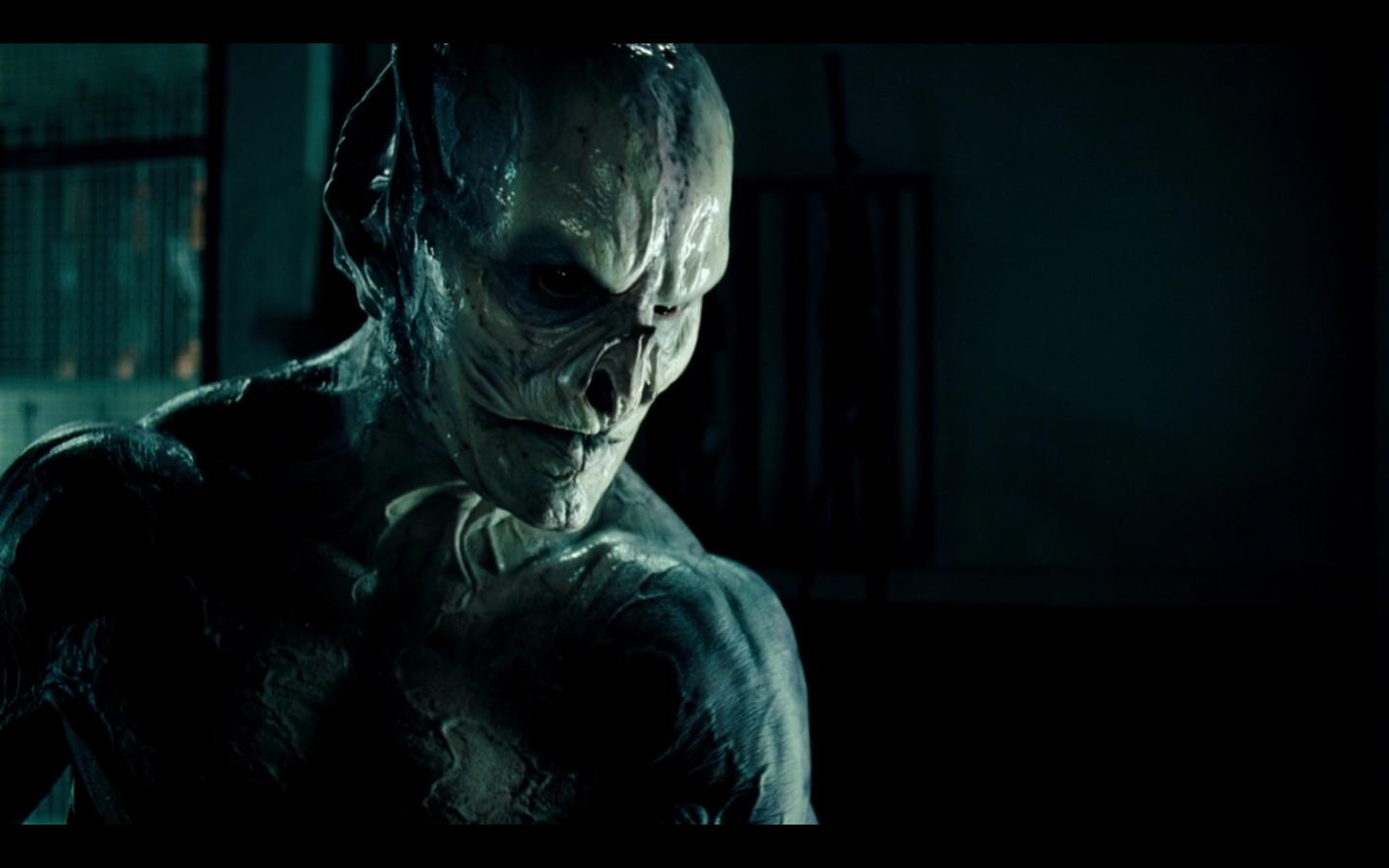
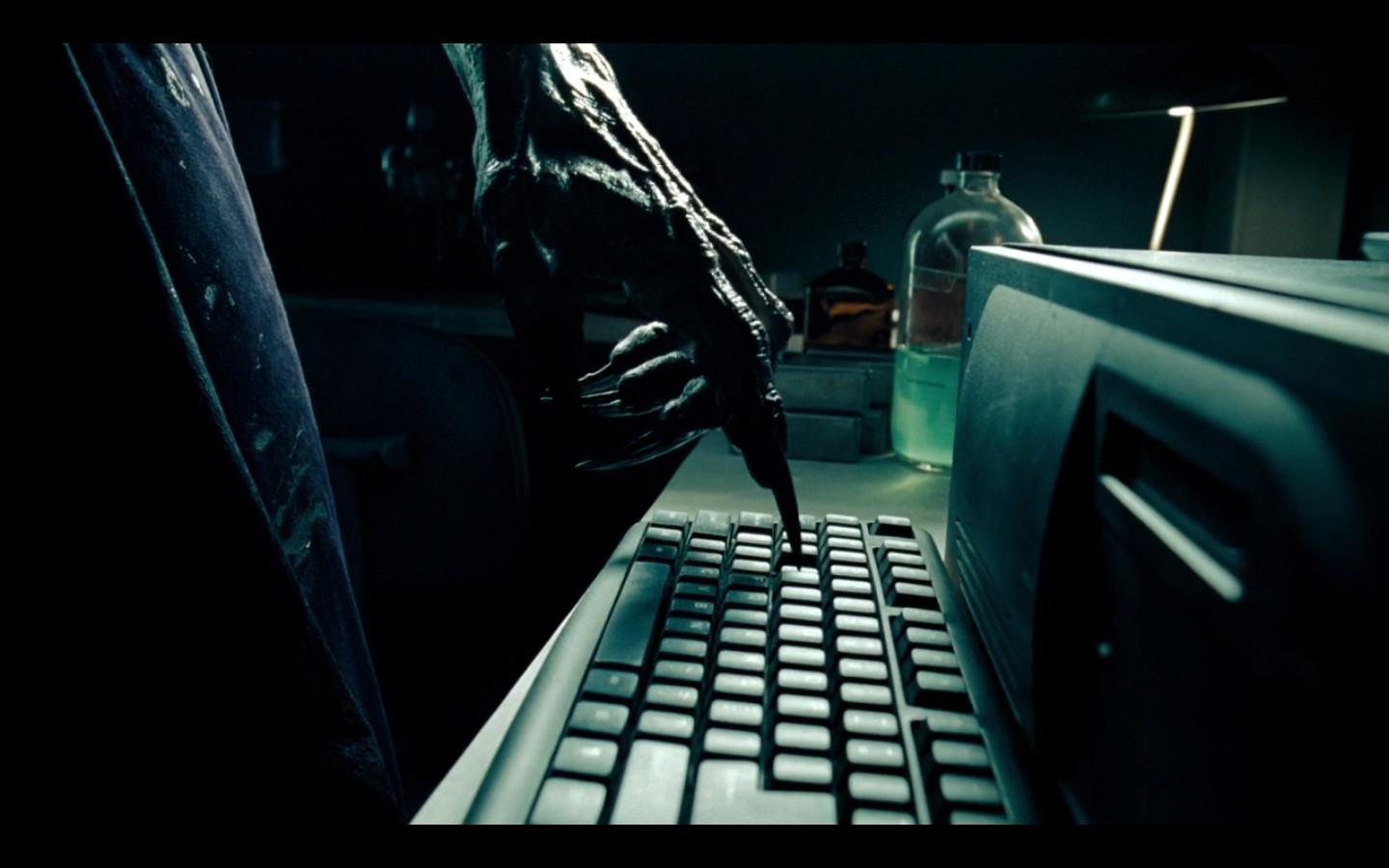
Everything is brighter, sharper, fancier, pricier, bluer. They blow up a ship; they get a helicopter, which figures gorily into the climax. The plot is pulpier in both the visceral and romantic sense, Beckinsale and Speedman prancing around Vancouver-as–Eastern Europe, with multiple eye-stabbings and a bogus autopsy and so forth. Everyone drinking one another’s blood. Google the sex scene if you’re feeling ribald.
Both leads are required to Act more, which is bad in Speedman’s case and mostly fine in Beckinsale’s, save one histrionic pounding-on-the-chest death scene of dubious long-term import. She mostly plays this series just right by underplaying it, the cool and largely unfeeling badass, slumming but not making a big, self-glorifying deal about it. She runs out of ammo several times, but develops a pretty dope method of reloading. “An unknown chapter lies ahead,” she purrs in voice-over as we wrap up, she and Speedman the only lovers left alive. “All that is certain is that darkness is still ahead.” Tighten up that script, boys! But she made sure there’d be a next chapter at all.

A little narration aside, Beckinsale sat out 2009’s Underworld: Rise of the Lycans, a prequel starring Sheen, with a much better hair-forehead ratio, fleshing out his Lycan Overlord character and restaging the tragic-flashback portions of the first movie. It’s an up-from-slavery epic, very explicitly casting the lycans as the Good Guys in this conflict, overall; Patrick Tatopoulos, heretofore a production- and creature-designer type, directs. These are weird choices. Most pay off, somehow. Sheen is a lycan slave in love with the vampire king’s lovely daughter, Sonja; don’t Google the sex scene if you’re afraid of heights.
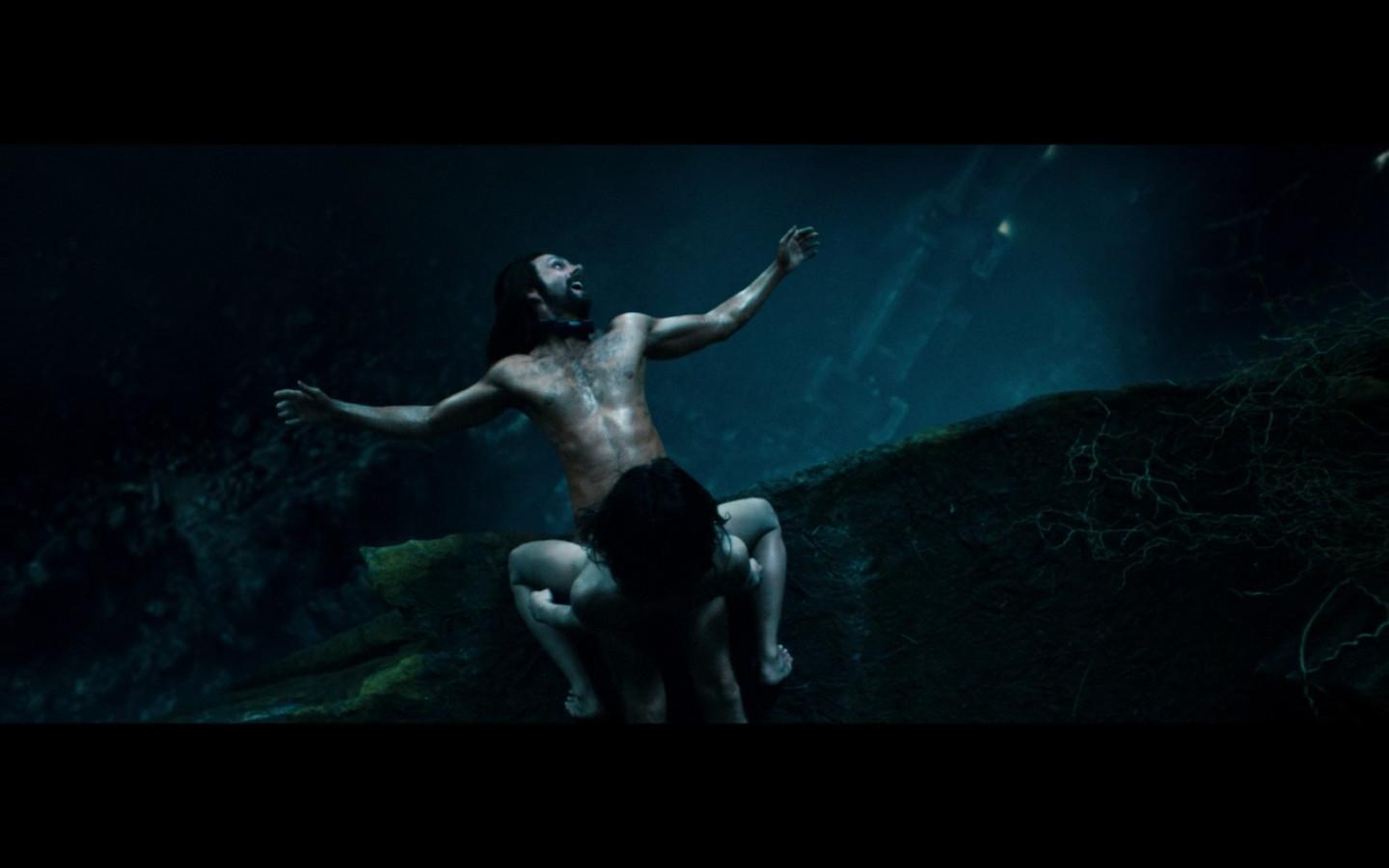
It’s Braveheart, basically, including the uglier, gorier parts of Braveheart. The cruel vampire king, Viktor, who appeared in the first Underworld wearing hella gnarly makeup, is played by Bill Nighy, who spends the movie dislodging pieces of the scenery from his teeth with other, pointer pieces of the scenery. There are moments of Boring Vampire Council Intrigue, perhaps in homage to the Star Wars prequels. But Sheen grabs you by the throat and pulls you through it, wild-eyed emoting like crazy and reeling off a bunch of boss speeches in one of those prisons where all the prisoners are dumped together so they can plot their escape. You don’t even miss Beckinsale by the end. Sacrilege!
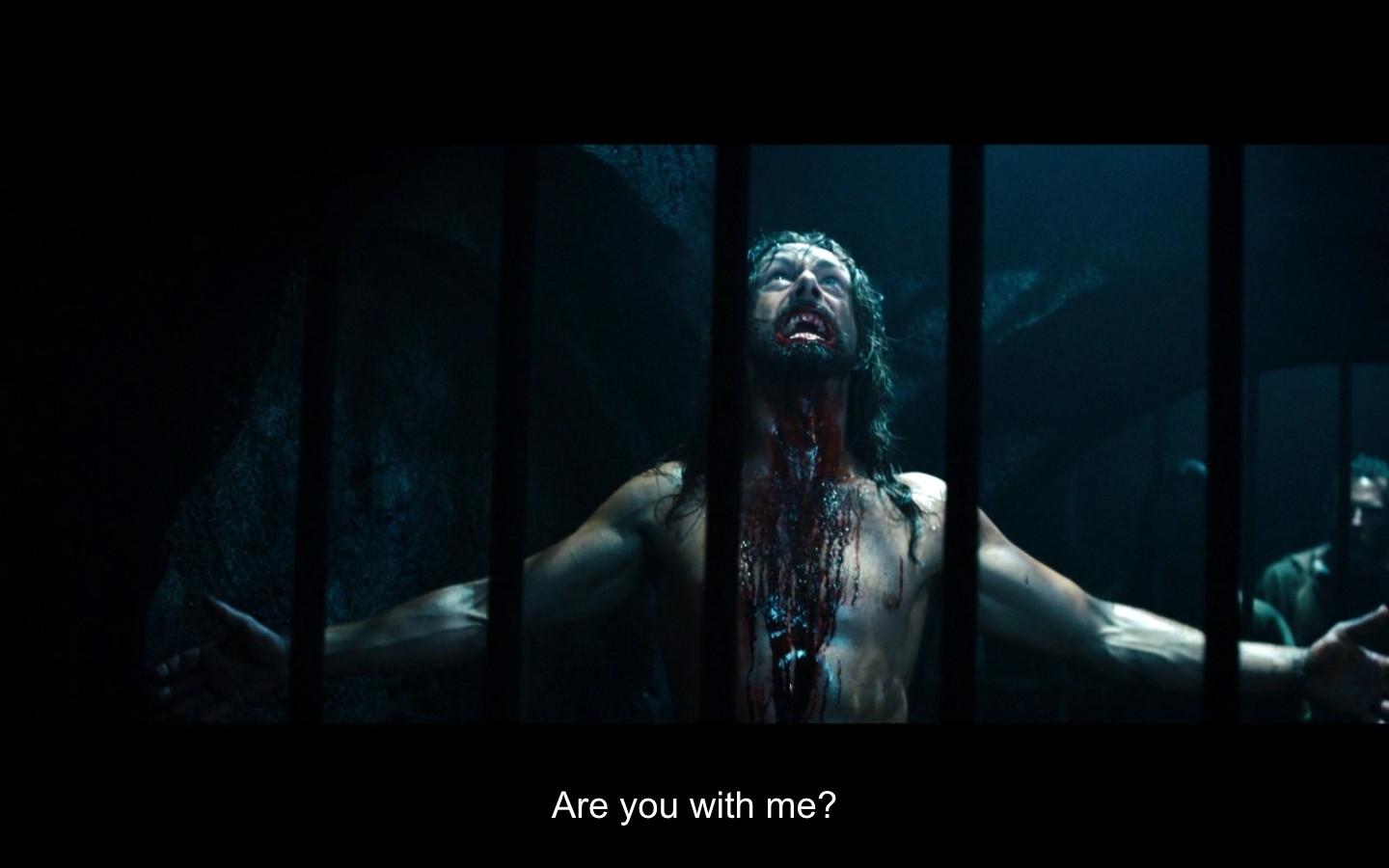
There was only one thing to do from here, so for 2012’s Underworld: Awakening, directed by Måns Mårlind and Björn Stein, they brought back Beckinsale, ditched Sheen and basically every other previous actor/character, and made the lycans the irredeemable villains again. What a strange franchise this is.
This one flirts with true darkness: Human society finally realizes there are vampires and lycans brawling in its midst and sets out to exterminate both species. Salient phrases: “the purge,” “martial law,” “a mass cleansing.” Selene is cryogenically frozen for 12 years by Stephen Rea, playing a nefarious-seeming doctor and giving zero fucks about any of this. (Speedman felt much the same, apparently: His character appears only as a stand-in here, and has been totally recast for Blood Wars. Like he has anything better to do.) Upon awakening, Selene kills a truly remarkable number of people/”people” and stumbles across dishes of “real vampire teeth” and “real lycan teeth” in a thrift store. She also meets her daughter. We’re pouring a lot of gas on the fire, now, as a means of disguising the fact that we’re running out of it.
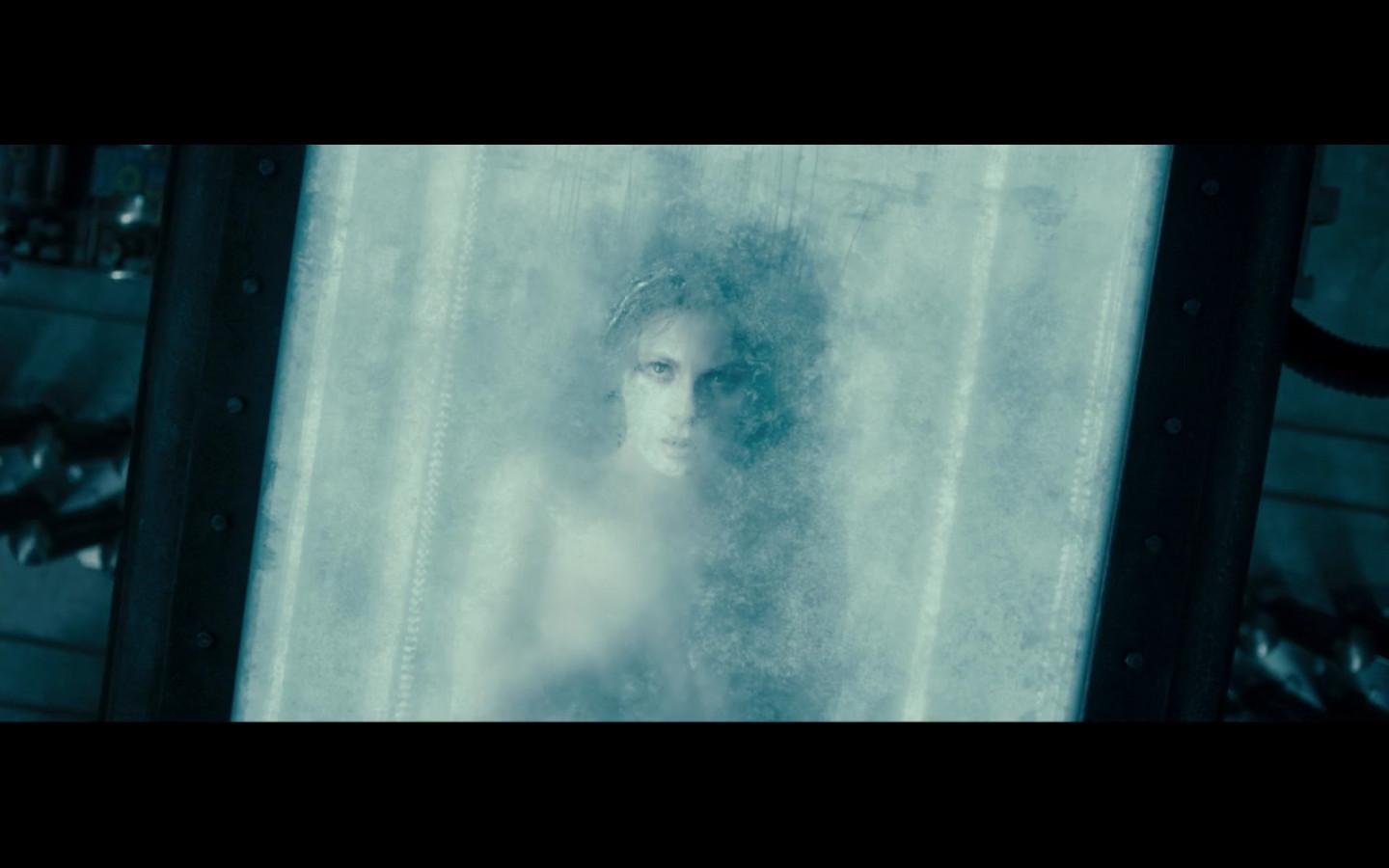
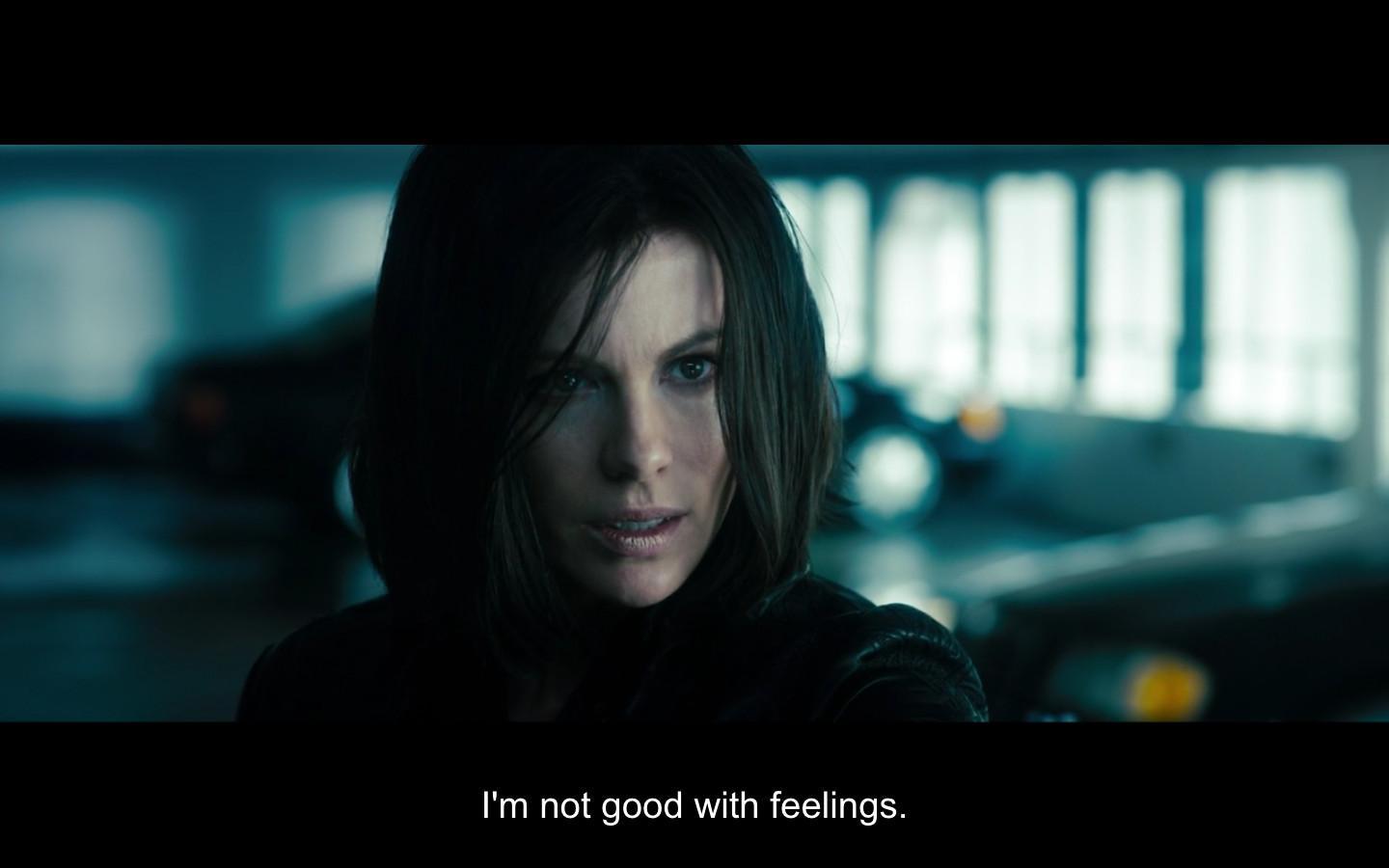
The violence gets gorier still (a lot of scalpel action), and the locales cheesier. Charles Dance, a.k.a. Tywin Lannister, plays a pissy/tentative vampire holding court in an underground hideout that looks like the set of a Meat Loaf video. (Nice candles.) His son wields a mean razor whip. A lot of balances are tipping over here, the video game vibe unmistakable. (Tomb Raider is another lodestar overall.) Given the whole daughter thing, Selene softens, though not much, plunging her hands into the guts of vampires and lycans alike. She is agreeably workmanlike, in character and otherwise.
Beckinsale’s gun to my head, I’d rank these 1 > 3 > 4 > 2. Blood Wars will likely slot in somewhere near the bottom. If my Spanish comprehension doesn’t fail me, the story is both convoluted and pointless, with little connection to what came before and no inkling of a bright idea as to what might come afterward. These are sequels that feel like reboots, like variations on an increasingly tired theme. But if the money’s right — and the money hasn’t been wrong yet — they’ll try again. In, say, January of 2020. Livening up another dead zone. Far from the best time you’ll ever have at the movies, but far from the worst.

